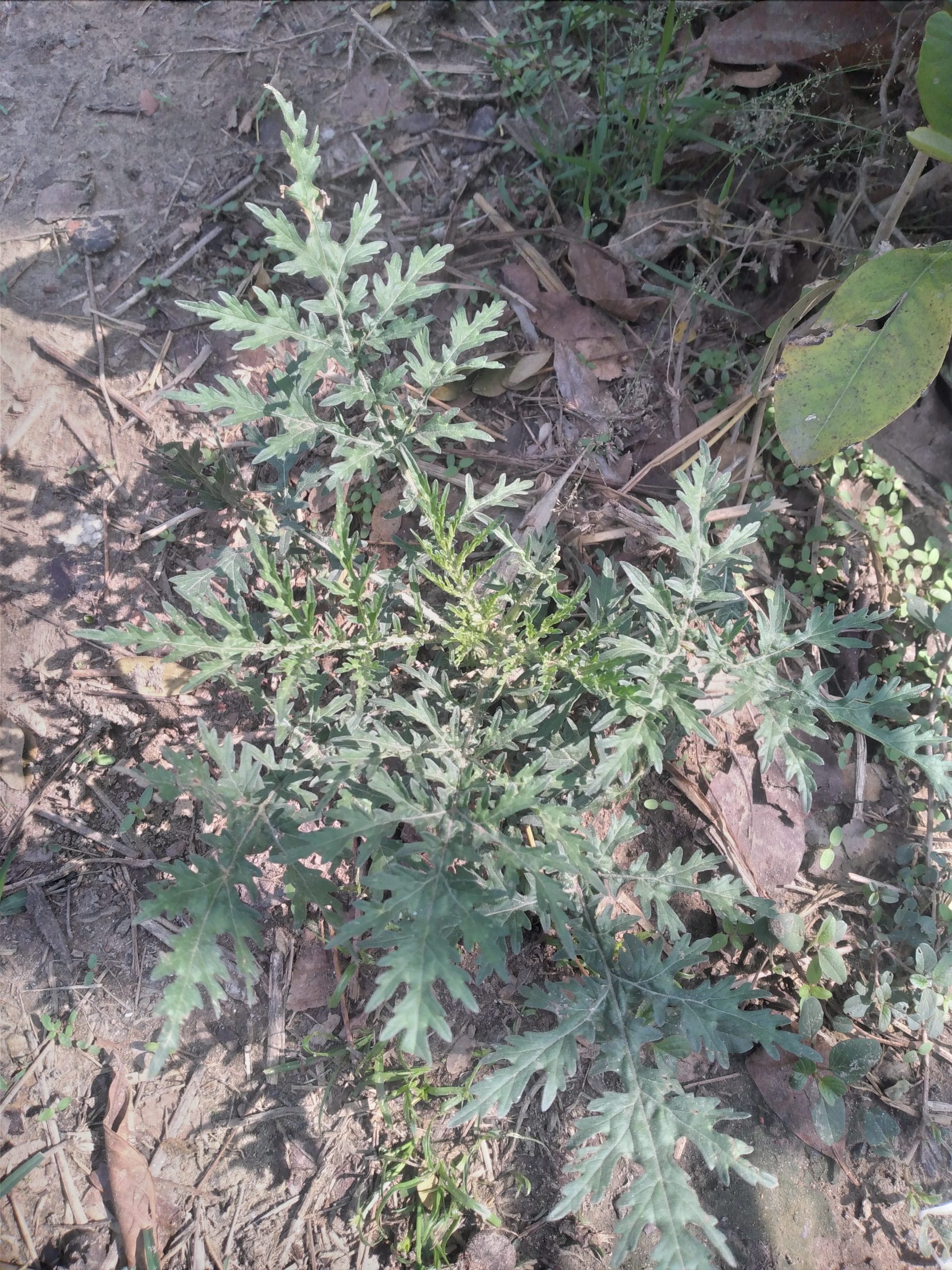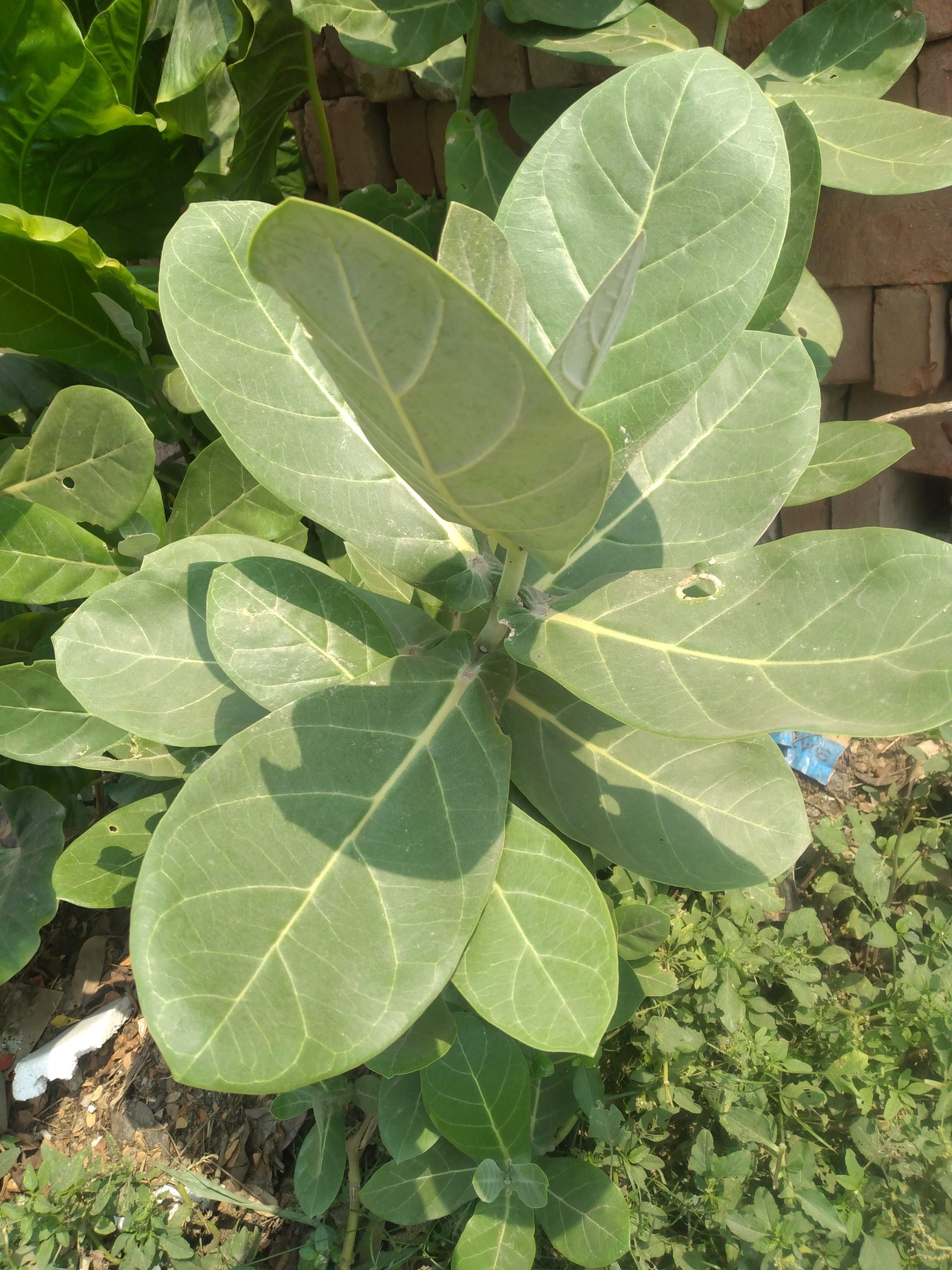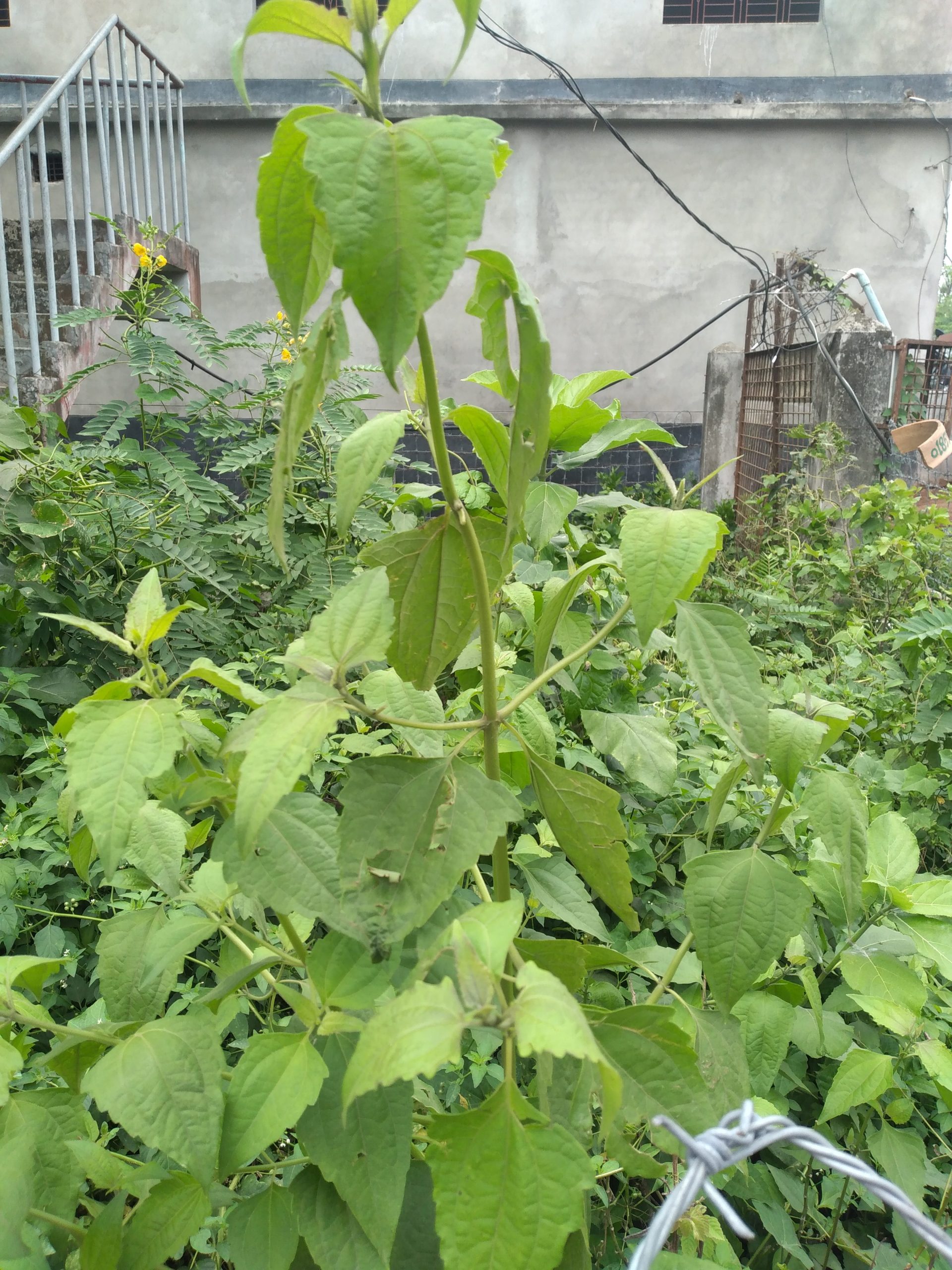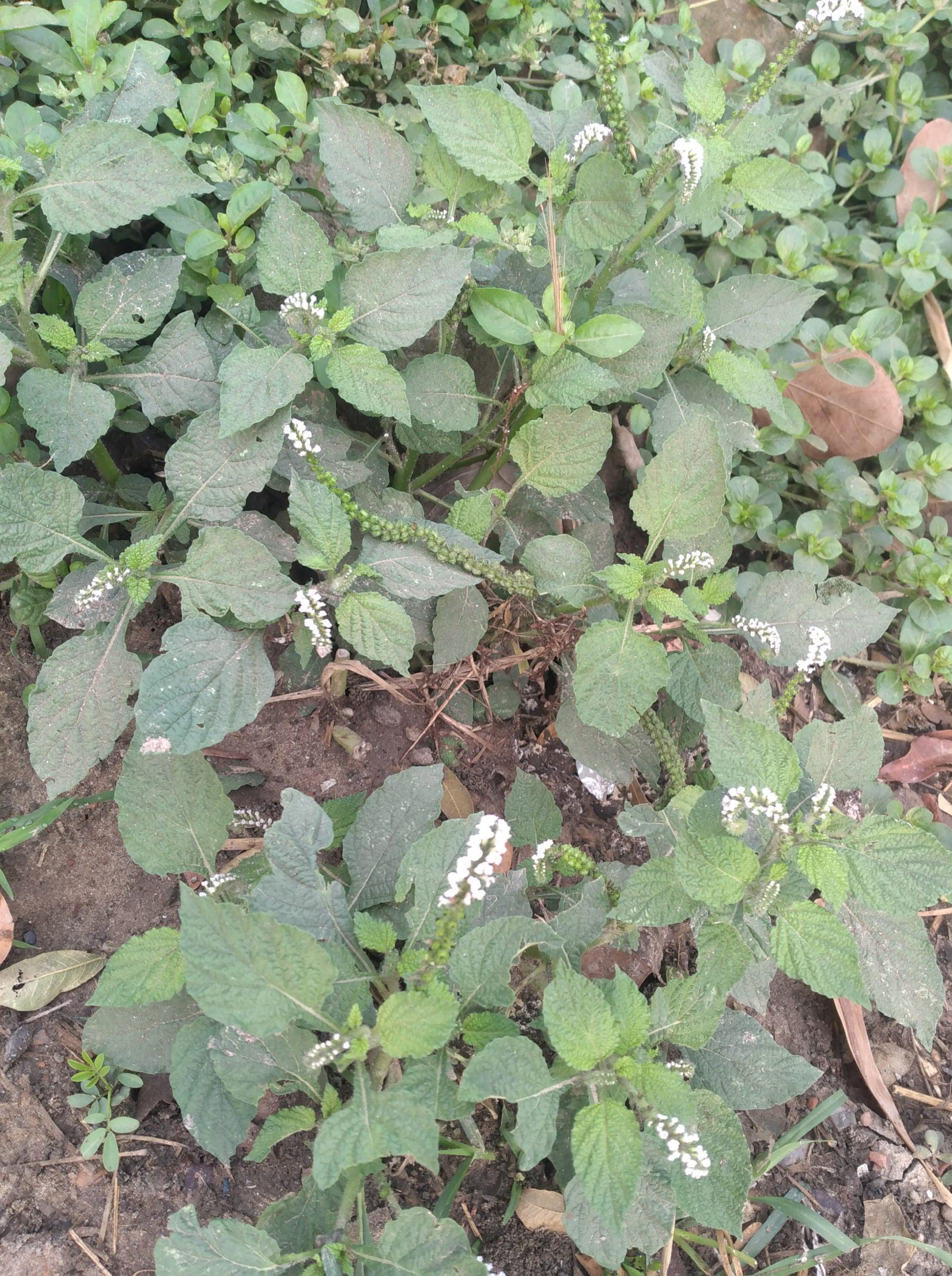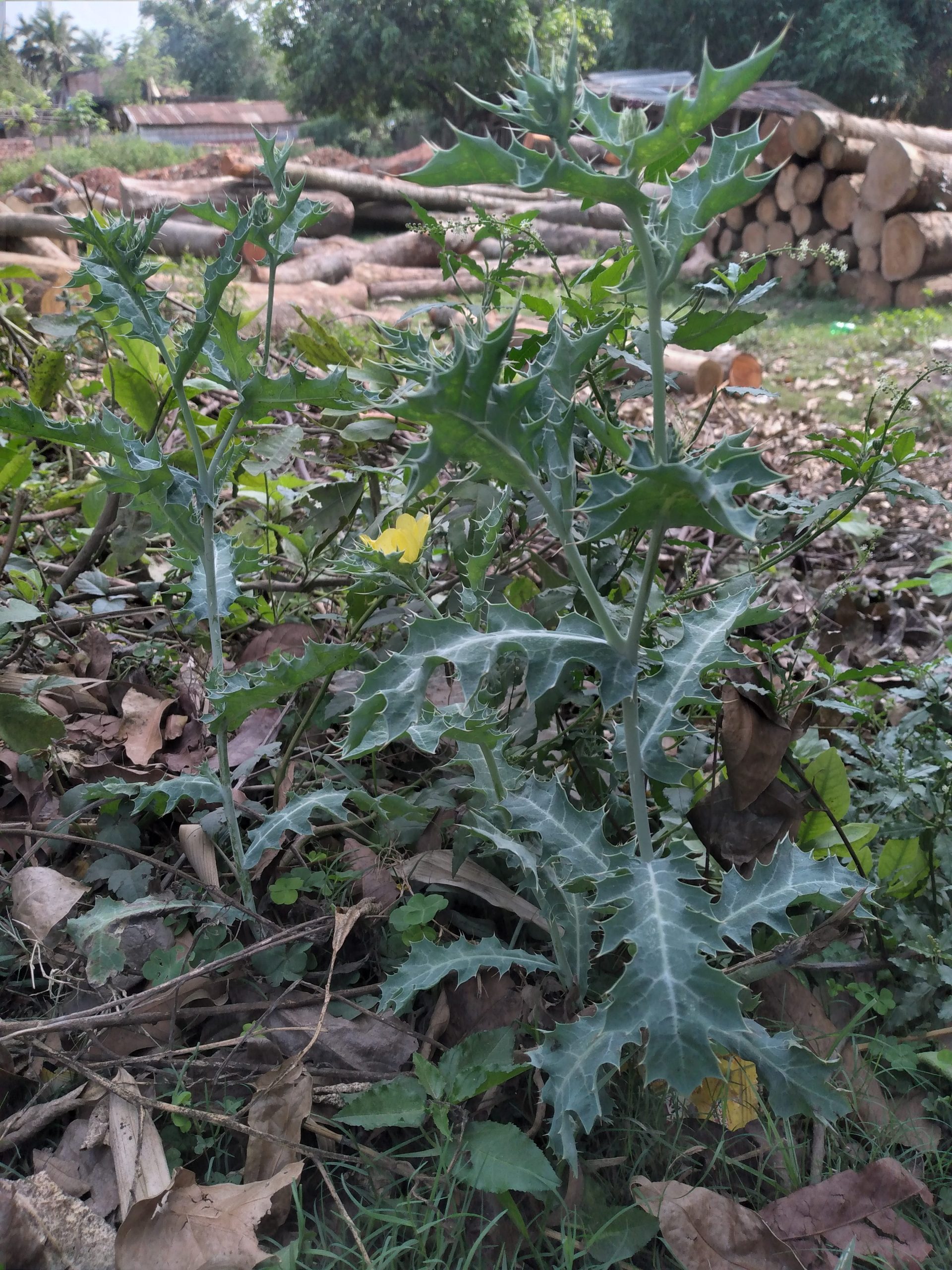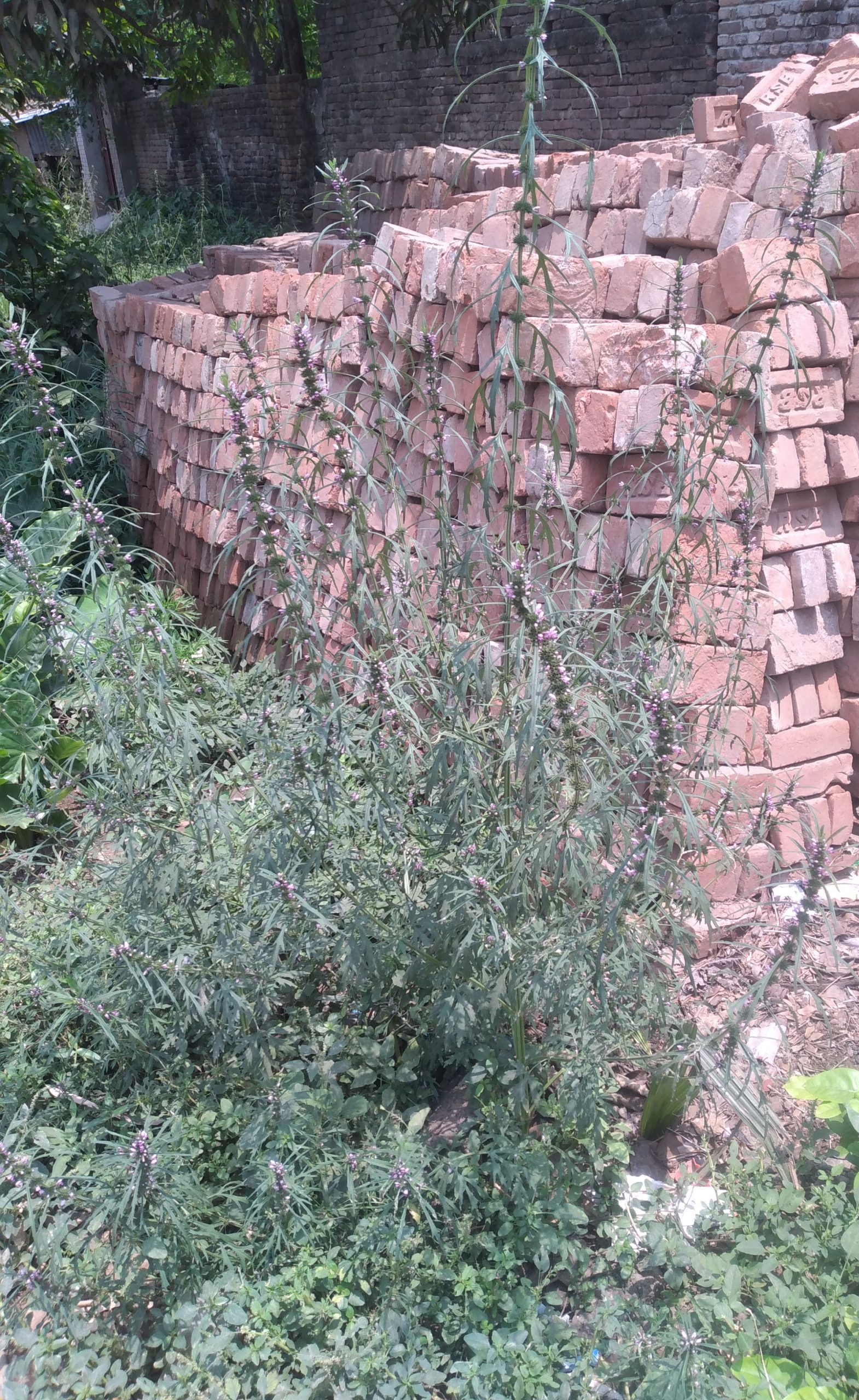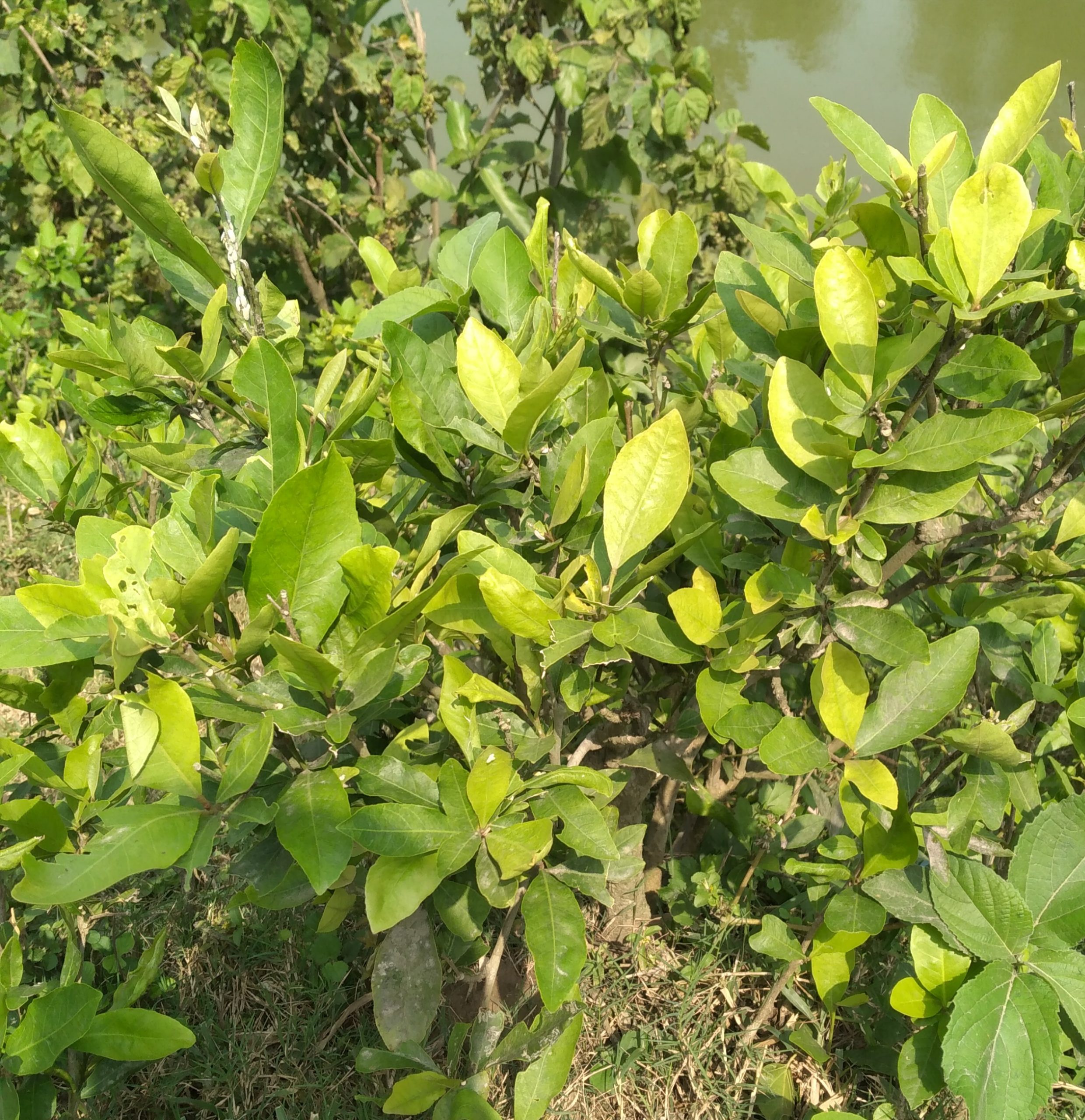Bell’s palsy is a form of facial paralysis resulting from a dysfunction of the cranial nerve VII (the facial nerve) causing an inability to control facial muscles on the affected side. Symptoms appear suddenly and are at their worst about 48 hours after they start. They can range from mild to severe and include • Twitching […]
- Tags:
- DISEASE

